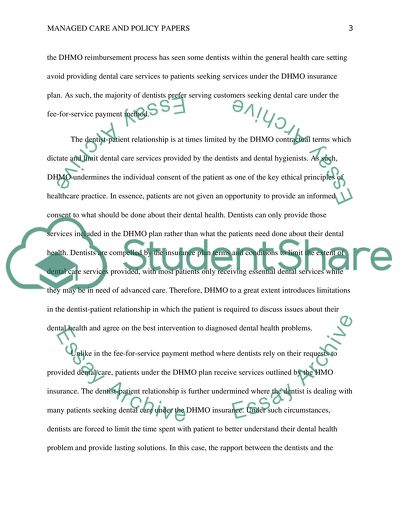Cite this document
(“Managed care paper/ Policy Assignment Example | Topics and Well Written Essays - 2000 words”, n.d.)
Retrieved from https://studentshare.org/health-sciences-medicine/1477771-managed-care-paper-policy
Retrieved from https://studentshare.org/health-sciences-medicine/1477771-managed-care-paper-policy
(Managed Care Paper/ Policy Assignment Example | Topics and Well Written Essays - 2000 Words)
https://studentshare.org/health-sciences-medicine/1477771-managed-care-paper-policy.
https://studentshare.org/health-sciences-medicine/1477771-managed-care-paper-policy.
“Managed Care Paper/ Policy Assignment Example | Topics and Well Written Essays - 2000 Words”, n.d. https://studentshare.org/health-sciences-medicine/1477771-managed-care-paper-policy.


